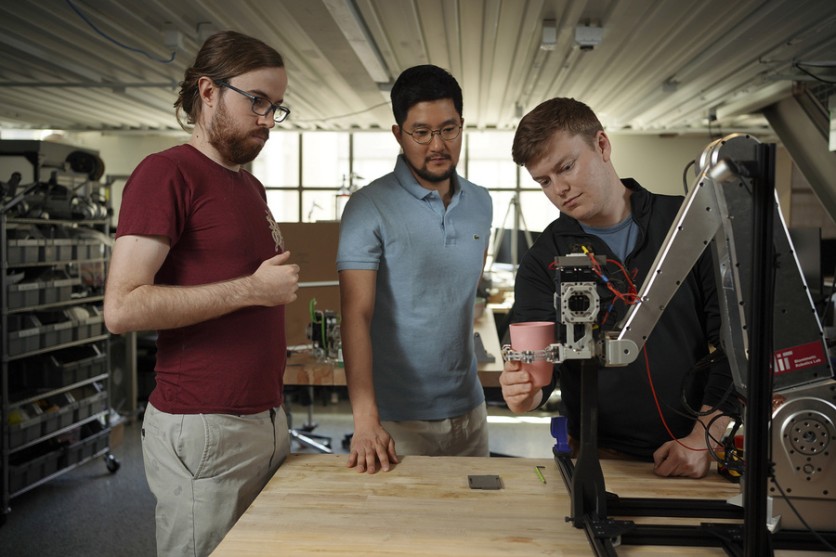Robotic technology has come a long way in the past few decades, but there is still a long way to go in terms of giving machines the dexterity and adaptability of human hands.
One major hurdle in this quest is the lack of reflexive capabilities in current robotic systems. However, engineers at MIT have recently developed a new gripper that grasps by reflex and adapts at the moment to get a better hold on objects.

New Design for Robotic Planning
The team created a new design for robotic planning architecture, which is the first to incorporate reflexes. This new system allows the robot to adapt in real-time, making "last centimeter" adjustments without the need for a higher-level planner.
The robot can roll, palm, or pinch an object to get a better hold, just like a person might fumble in the dark for a bedside glass without conscious thought.
The new design is a proof of concept that offers a general structure for embedding reflexes into robotic systems. As a result, the researchers aim to program more complex reflexes to develop nimble and adaptable machines that can work efficiently in unpredictable settings.
Andrew SaLoutos, a graduate student in MIT's Department of Mechanical Engineering, highlights the importance of such robots in environments where people live and work, as there is always uncertainty. He explains that the robot's reflexes would allow it to adapt and work in such uncertain environments.
Compared to modern robotic grippers that are designed for slow and precise tasks, the new design is a significant breakthrough. The existing systems depend on visual data from onboard cameras, and processing that data limits a robot's reaction time, particularly if it needs to recover from a failed grasp.
Andrew SaLoutos adds that the existing systems have no way of reacting quickly if something goes wrong other than starting again, which takes a lot of computational time. The new design will provide a more efficient and effective solution for future robotic systems.
More Adaptive and Reflexive
MIT engineers created a robotic platform that's more adaptive and reflexive, thanks to fast and responsive actuators that they developed for their mini cheetah robot.
This four-legged robot can run, leap, and quickly adjust its gait to different terrains. The new platform has a high-speed arm and two lightweight fingers with multiple joints.
Apart from the camera situated at the base of the arm, the team integrated specialized sensors with high bandwidth at the fingertips that can immediately detect the strength and position of any contact, along with the distance between the fingers and other objects, more than 200 times per second.
The engineers are presently working to integrate more intricate reflexes and grasping maneuvers into the system, aiming to create a versatile pick-and-place robot that can adjust to disordered and frequently shifting surroundings.
Related Article : MIT Engineers Create WORMS Robots That Can Be Mixed and Matched for Space Missions

ⓒ 2025 TECHTIMES.com All rights reserved. Do not reproduce without permission.




